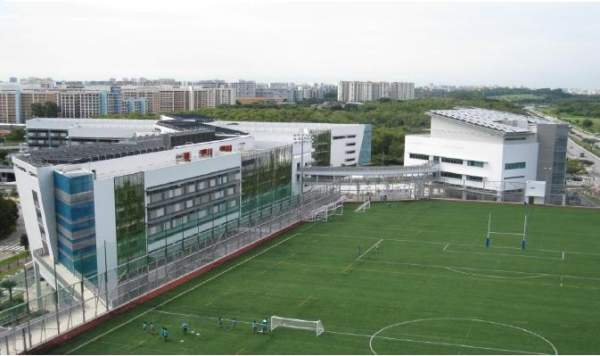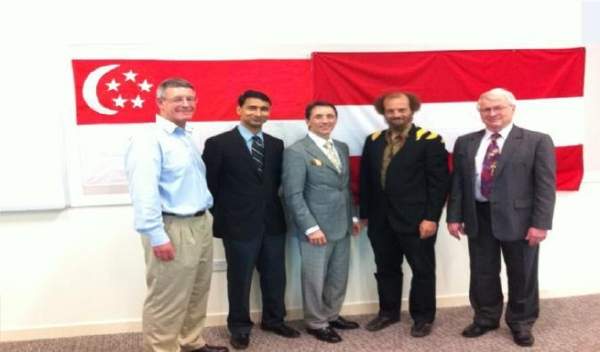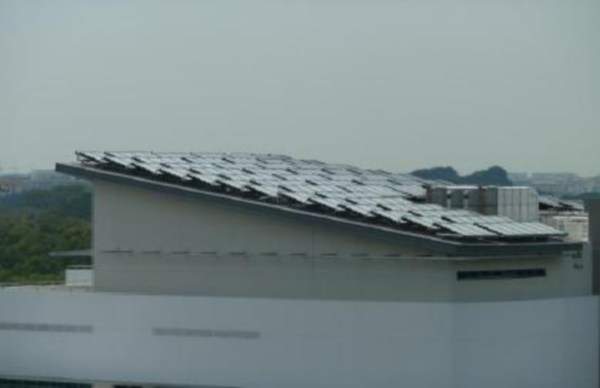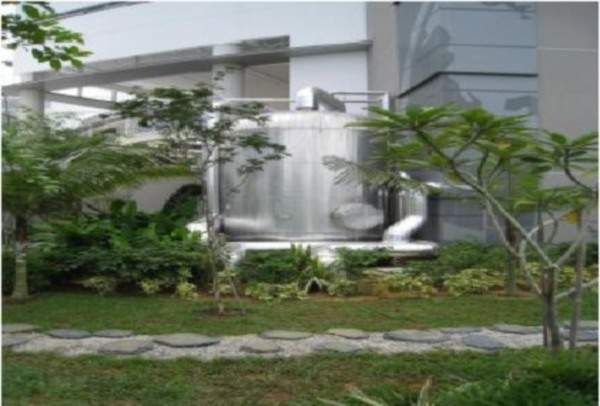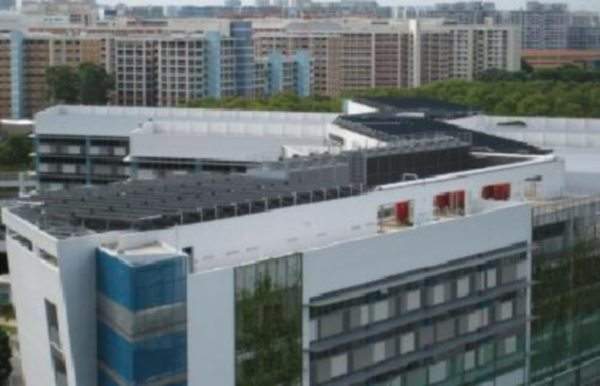The United World Colleges (UWC) comprises 13 international schools and colleges across the world. The UWC of South East Asia (UWCSEA), the independent, not-for-profit international school in Singapore, is the largest of these schools.
It has two campuses. The first campus is on Dover Road with about 2,900 students. The second campus with primary, middle and high schools is under construction in Tampines.
Construction of the east (second) campus was started in April 2009 and is scheduled to operate at full capacity and enrol another 2,500 students by 2016.
The UWCSEA inaugurated a new solar thermal energy plant at its east Tampines campus in December 2011. It was commissioned in August 2011. It will provide 100% of hot water to the UWCSEA east campus schools and about 30% of air-conditioning requirements.
Specifications and construction of the UWCSEA East Campus
The new east campus is being built on a 5.5ha, L-shaped site with floor area of about 76,000m2. It will consist of two educational blocks, a sports facility, an infant block and one student hostel.
The main Educational Block 1 will be a six-storey structure with grade level classrooms, primary school library and specialist subject areas.
It will be linked to the Educational Block 2 and the sports fields. Block 2 will also be a six-storey structure with facilities for visual and performing arts and other support functional facilities.
The non-residential campus was designed by P&T Consultants for the developer JTC Corporation and the UWCSEA as its user. All the east campus facilities are installed with solar power systems to generate thermal energy for a hybrid air-conditioning and hot water system.
It is the first and the only school in the world to use renewable solar energy for the purpose. The UWCSEA contracted Austrian company Solid and its Singapore subsidiary Solid Asia Energy Services (SAS-ES) in August 2010 for conceptualising, designing, installing and financing the solar heating and cooling unit.
Unique solar plant details
The solar collectors are installed on the rooftop of the buildings and cover an area of 3,900m². The system generates about 1,750MWh/yr, making it the largest solar thermal cooling plant in the world.
Electricity produced by the system energises a 1,500kW cooling unit. It is a single-effect chiller which uses a solution of lithium bromide as absorber and water as refrigerant.
The flat plate solar collector panels of Gluatmugl HT type were provided by oekoTech Produktionsgesellschaft für Umwelttechnik, an Austrian company.
The collectors can operate at temperatures of about 100°C and provide a constant temperature of 88°C for the cooling unit. The heat losses are reduced by a transparent Teflon sheet applied between the glazing and the absorber.
Solid built and installed the solar cooling plant at the new campus. SAS-ES operates the facility as an Energy Service Company (ESCo). The company retains the entire ownership of the solar plant while the UWC only gets the supply.
Technology incorporated into the UWC of South East Asia’s East Campus
Singapore is a tropical country with maximum solar radiation.
The solar thermal technology has been considered to be the most cost-effective and reliable technology to reduce energy requirements for the air-conditioning of the campus, besides meeting the hot water demands.
The UWCSEA solar thermal plant is based on Solid-owned Large Solar Thermal (LST) technology. It consists of solar collectors, heat storage and distribution, thermal back-up, absorption chiller, cooling towers, cooling back-up and distribution systems.
The LST technology reduces the dependency of the buildings on imported, non-renewable energy resources and greenhouse gas emissions. In cloudy seasons, the solar collectors are expected to have an output of 560kWh/m2 a year.
Project finances behind the new solar thermal energy plant project
Austrian banks Raiffeisen-Landesbank of Steiermark (RLB-Stmk) and Oesterreichische Kontrollbank have financed €5m for the project.
As only Austrian companies were involved in the project, the UWCSEA Solar Thermal Energy Plant is regarded as an Austrian exclusive despite its location in Singapore.
Local environmental impact
The green campus development is estimated to save 3,081,960kWh/yr of energy, 83,481m3/yr of water and have envelope thermal transfer value (ETTV) of 39.55W/m2.
The UWCSEA East Campus has achieved the Greenmark Platinum Certification from the Singapore’s Building Construction Authority (BCA) for highest degree of environmental planning.

